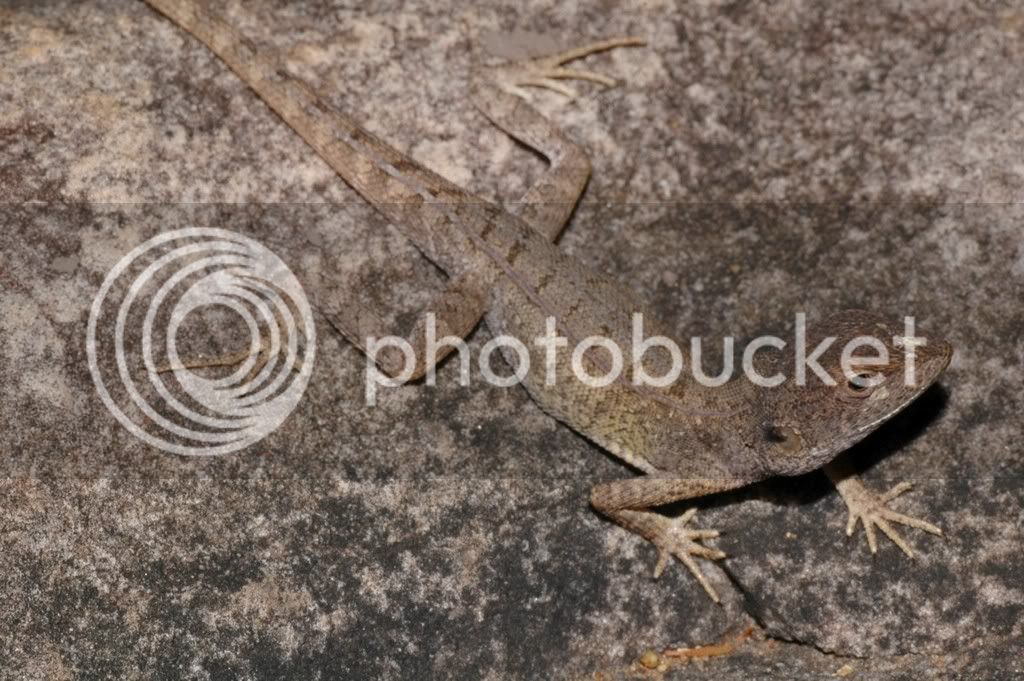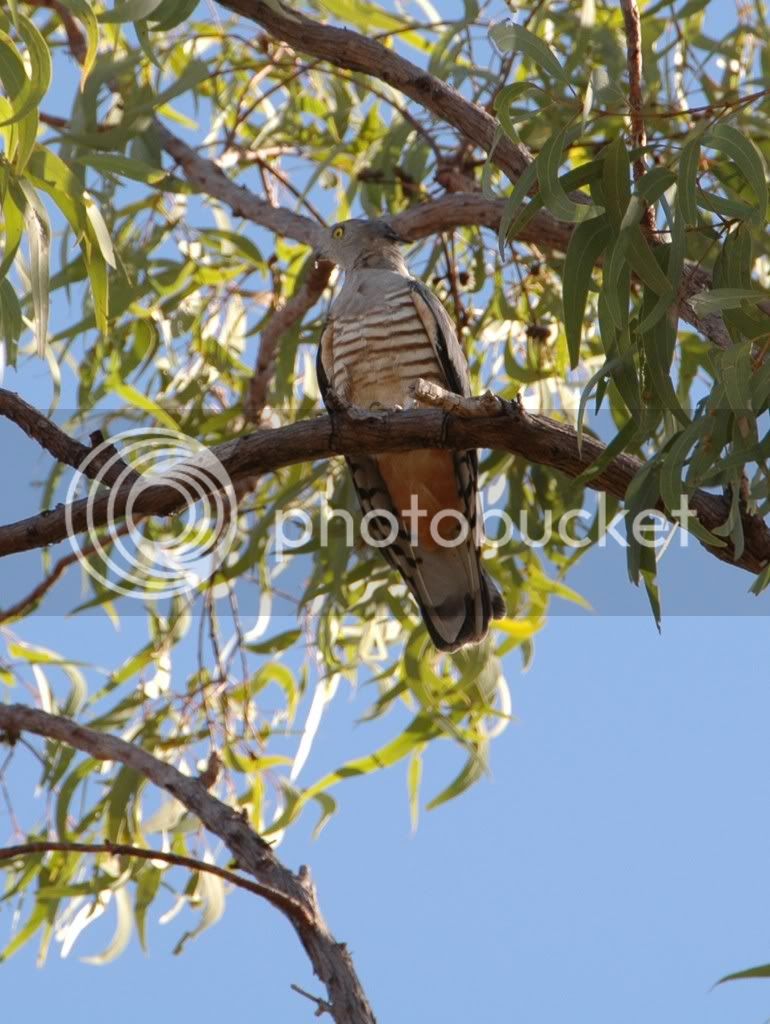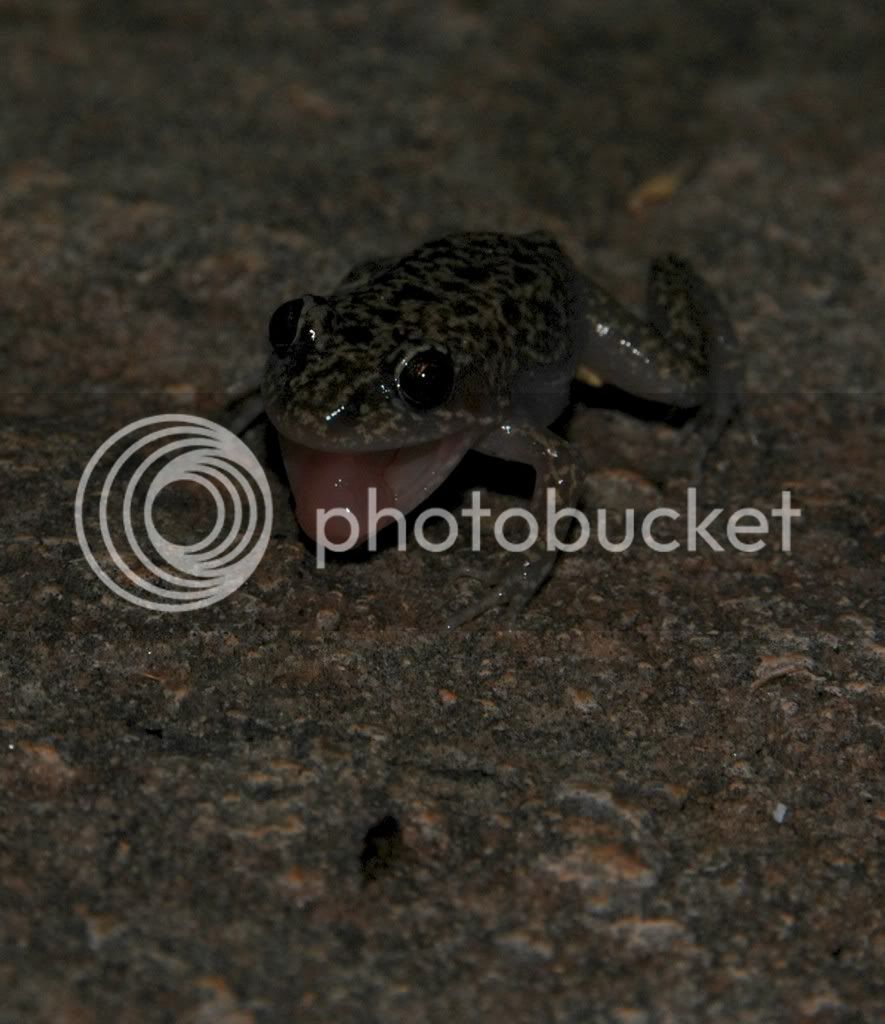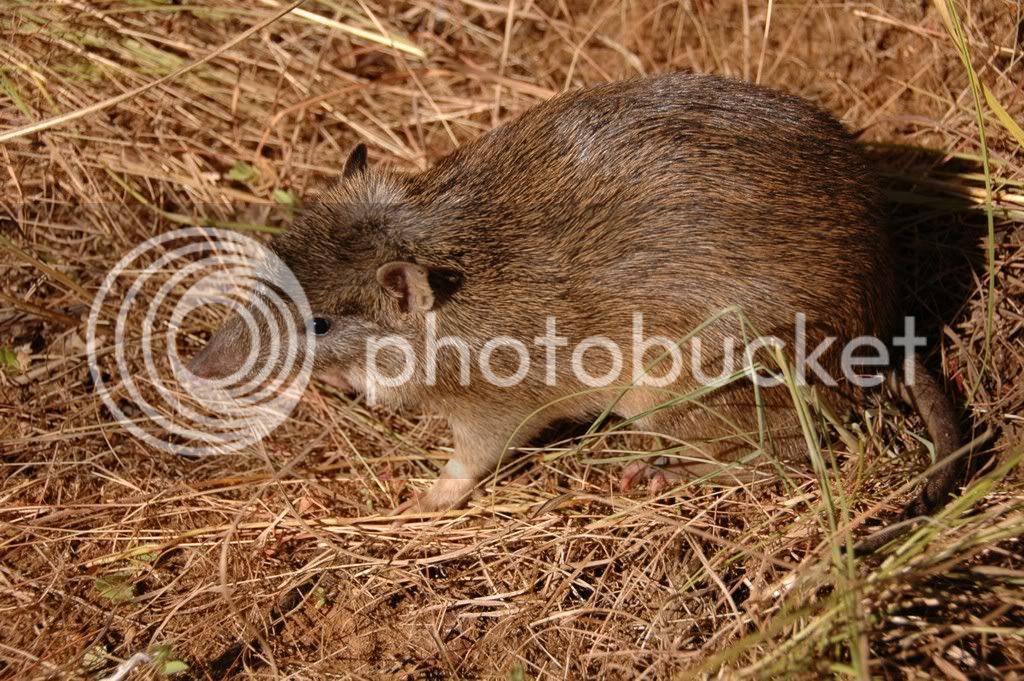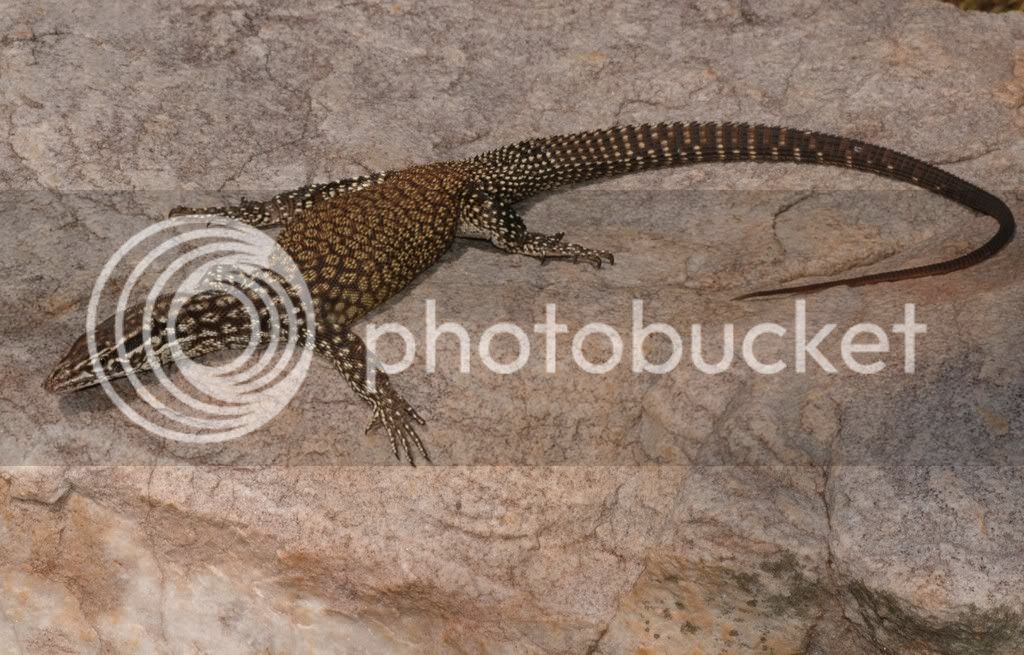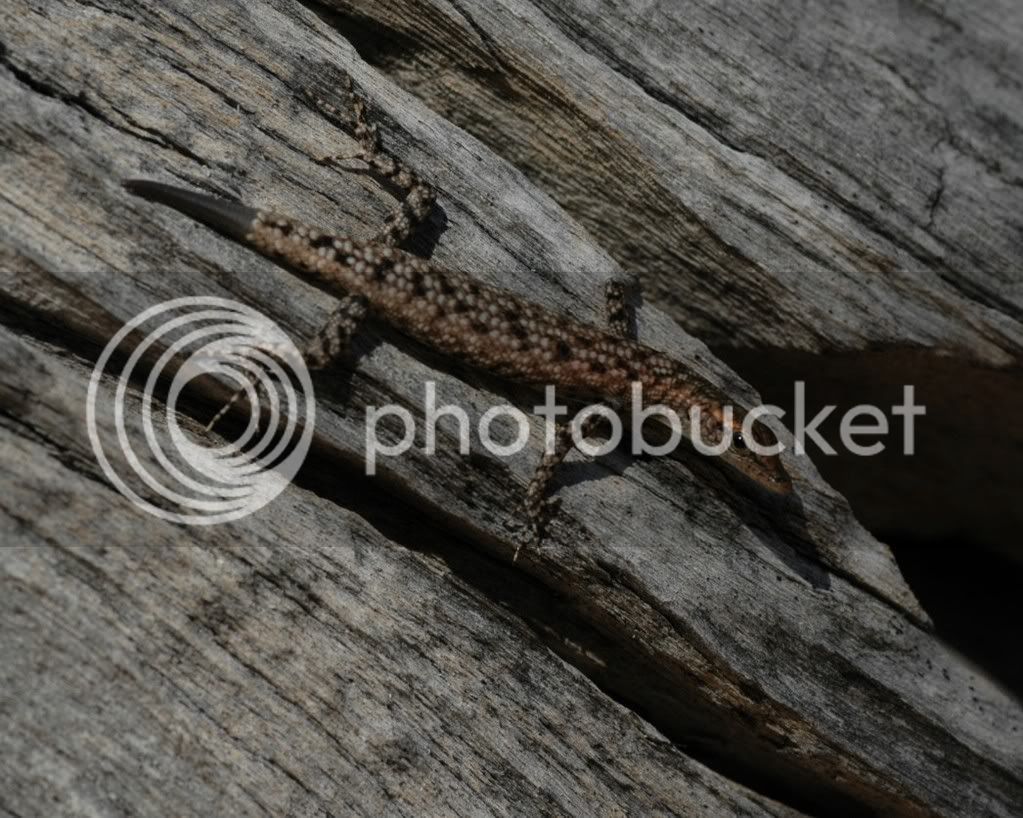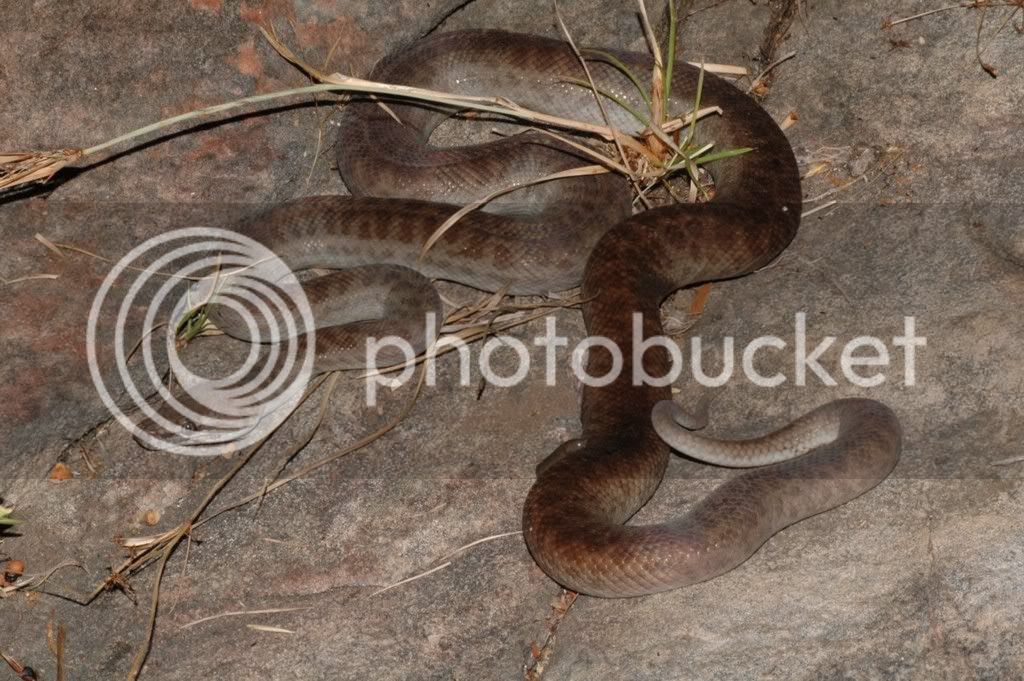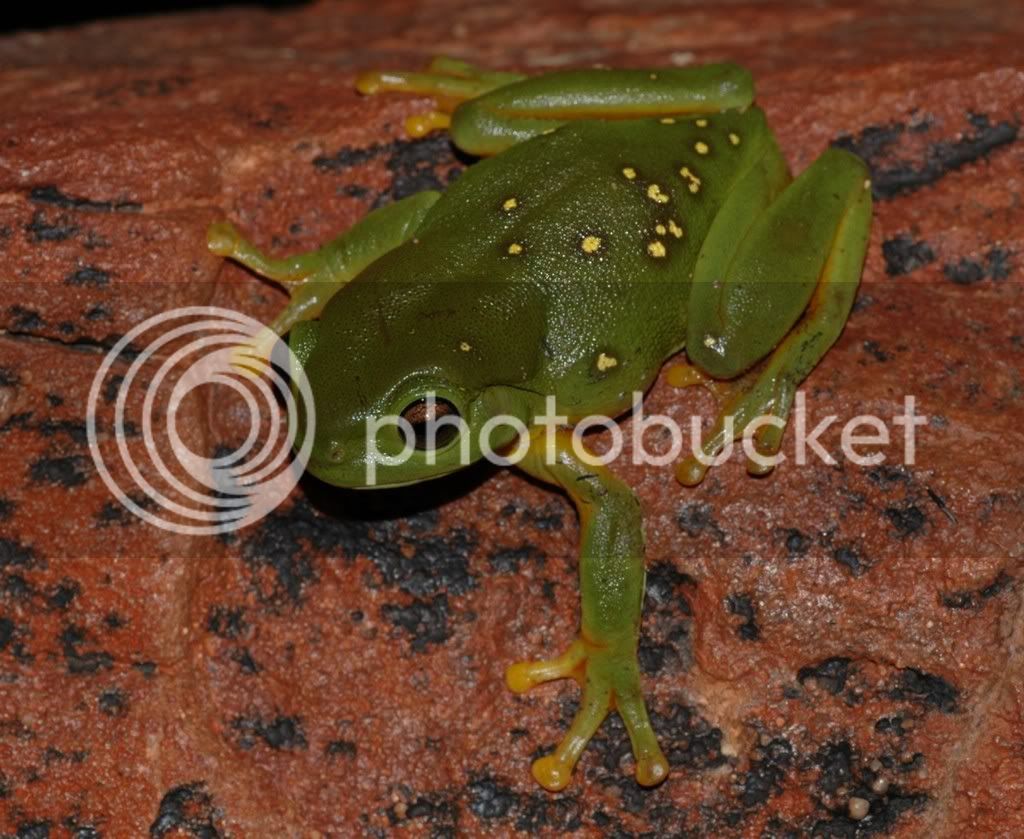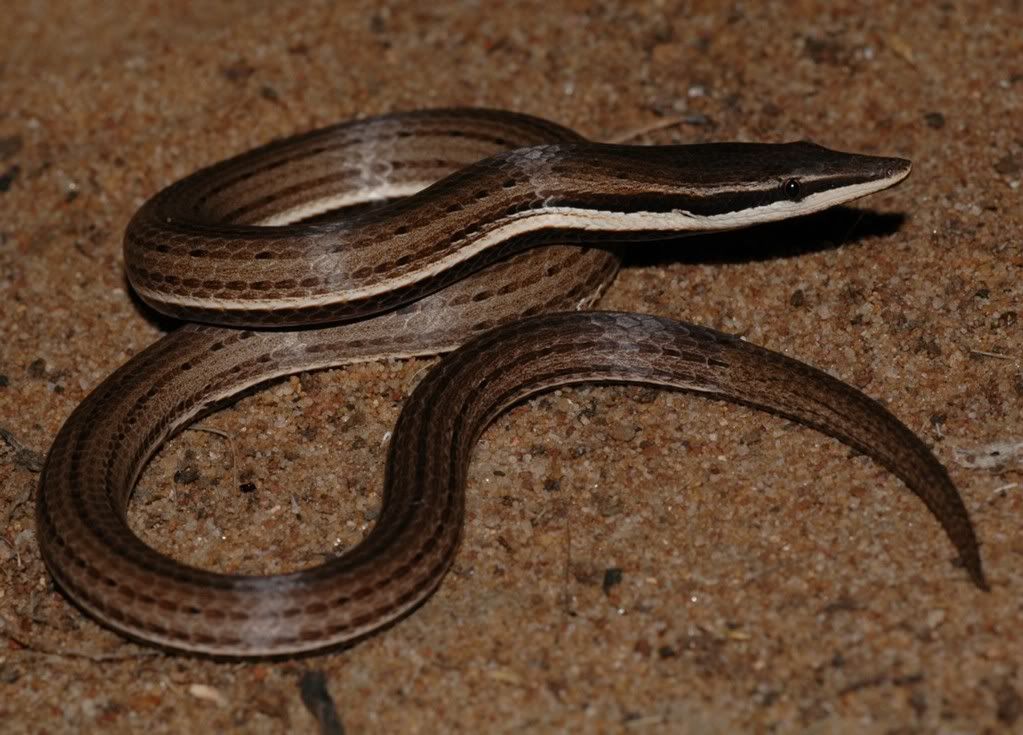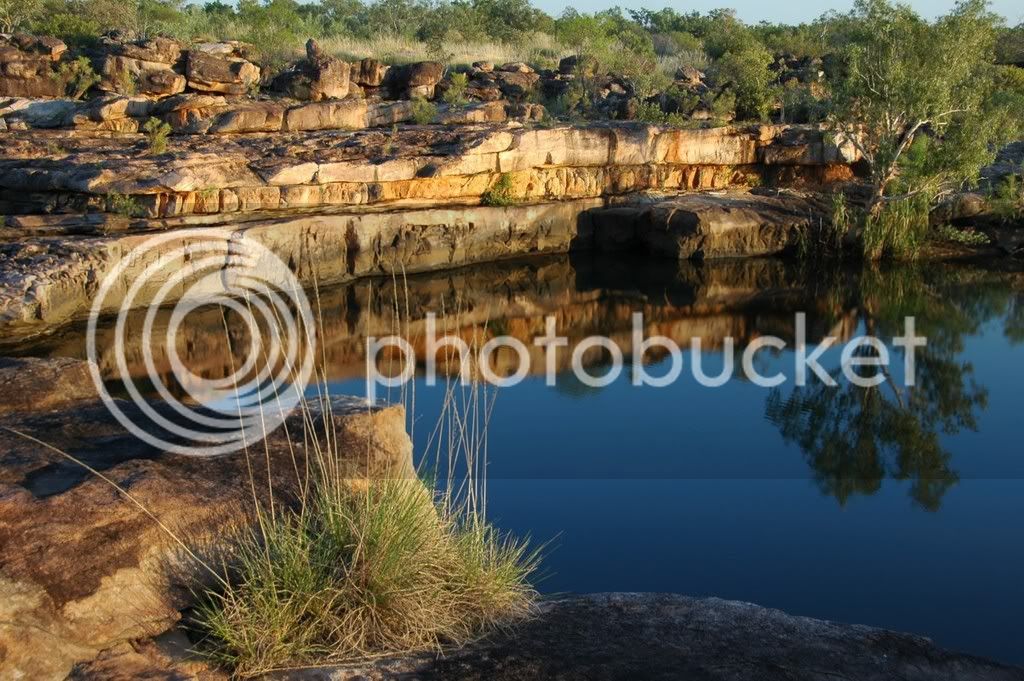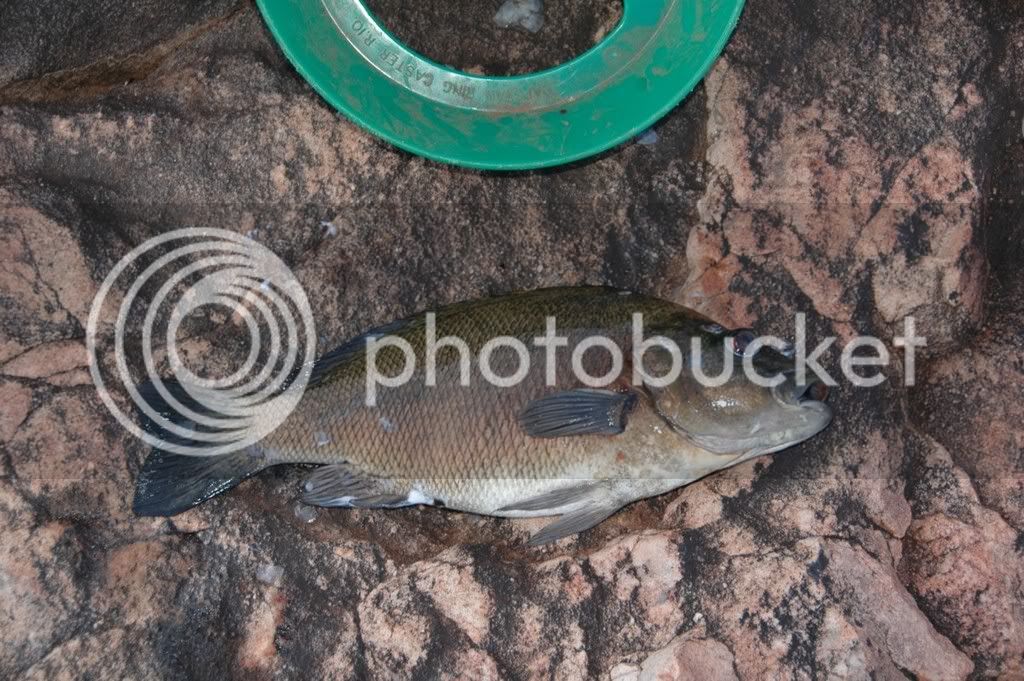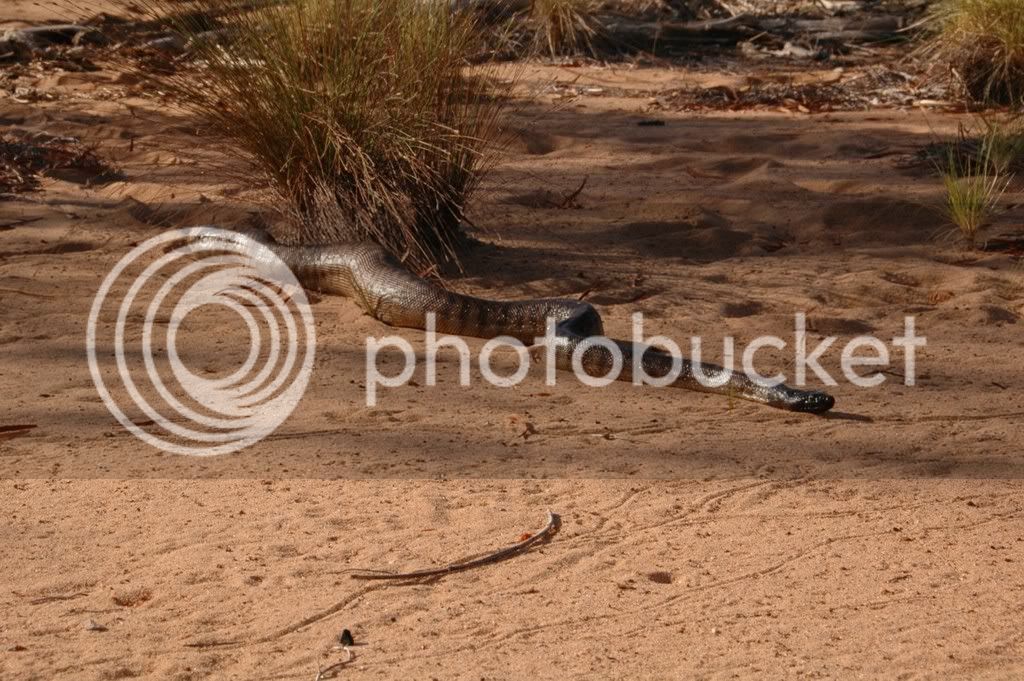Nephrurus
Very Well-Known Member
Ahoi there folks,
I've just been up in the far NW of WA partaking in some fauna surveys. Needless to say we turn up some fairly special looking creatures.
I've also just bought a new camera, so I took it up there with a view to learn how to use it. Unfortunately it still is somewhat baffling, but i kind of got the gist of towards the end. I was using a Nikon D70s with a 18-200mm VRlense and a Tamron 90mm Macro.
Here's a few pics that I've uploaded already. There will be a few more later on.
We try and target a specific habitat type when surveying, so I'll go into it a bit with each group of photos.
As well as reptiles and frogs, I have an interest in birds as well, so a few pics of some interesting or attractive species will be posted. If you want to whinge about bird photos in a reptile forum, go back to the "my bearded hasn't pooed in three days" threads.
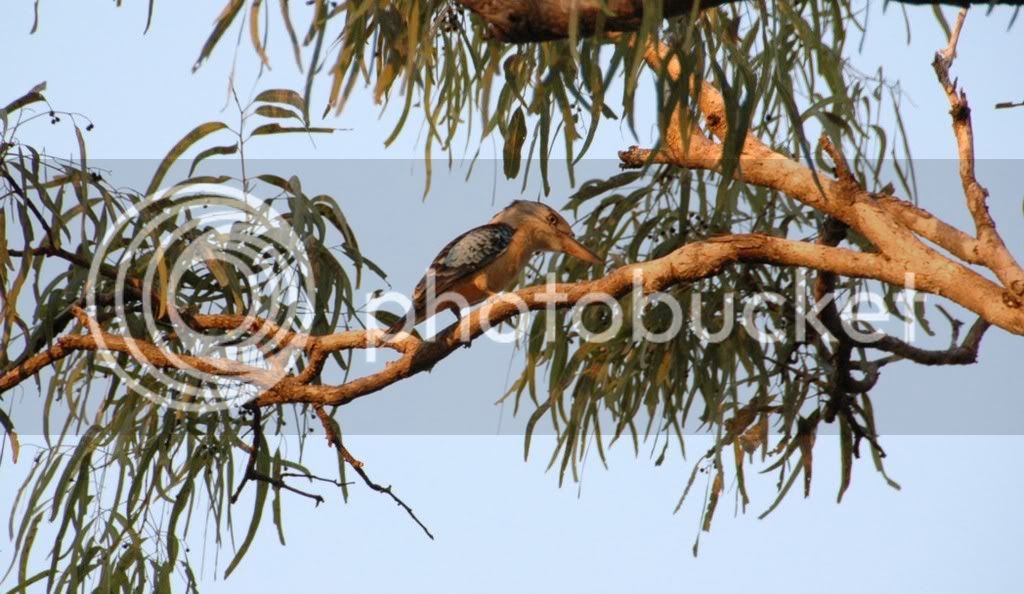
Blue wing Kookaburras are found in most of the open savannah habitats. Their call is atrocious.
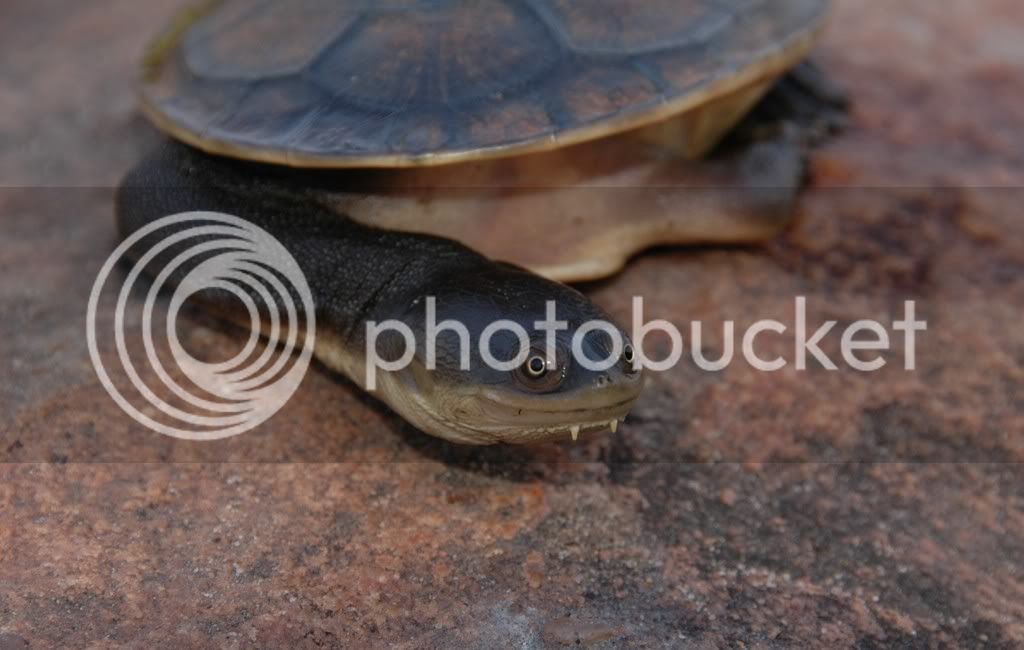
This young rugosa was found in a stream near one of our sites while i was looking at some long tailed finches. They get very very large with massive heads (probably from eaten alot of mussels/watersnails).
http://i19.photobucket.com/albums/b173/Nephrurus/Kimberley april_may 08/DSC_1001.jpg
Brown Falcons are one of the most common raptors. Black Kites and Brown Falcons usually turn up to areas that have been burnt (usually while the fire is raging) to catch any fleeing lizards, rodents or insects.
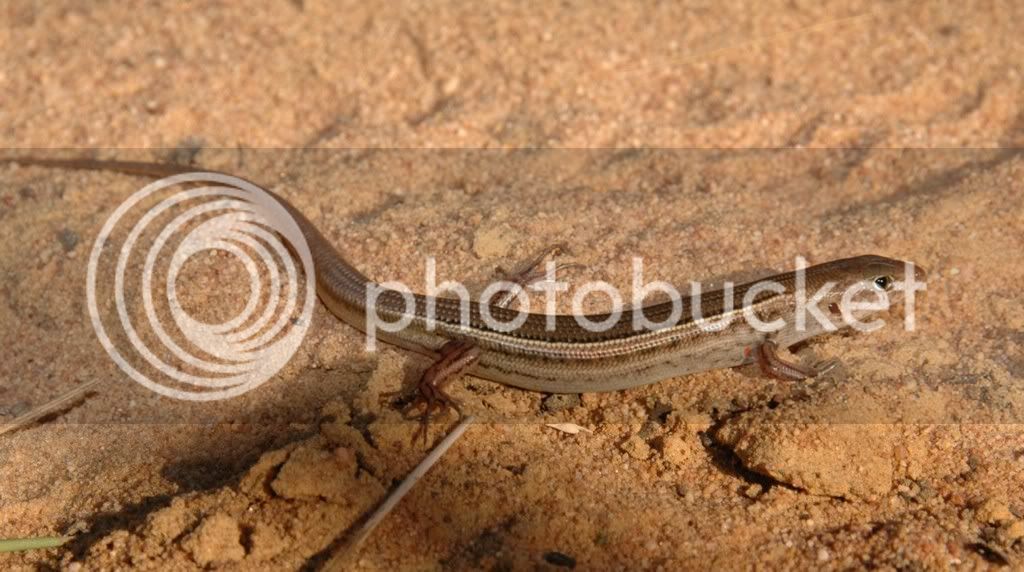
Ctenotus inornatus are found in most habitats and are the most common Ctenotus we turn up. Snake food.
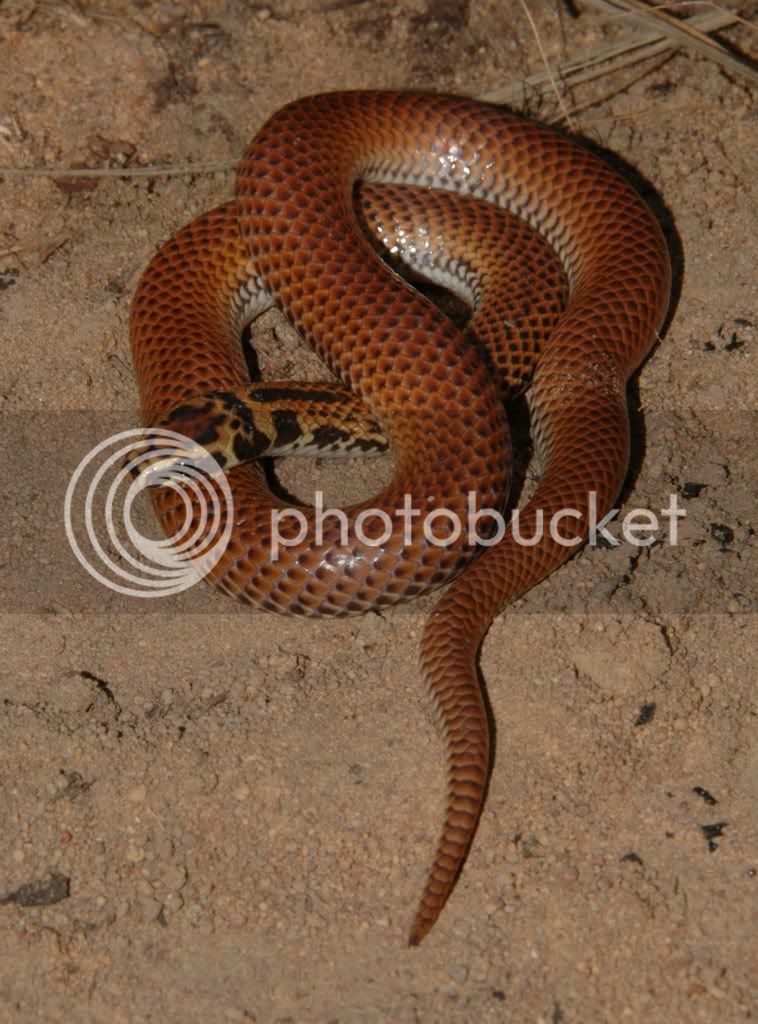
This spotted snake Suta punctata turned up in one of our pitfall traps. We don't turn them up all that much. I think this may be due to them being very cryptic species. This one was in sandy soiled savannah-woodland with a dense understory.
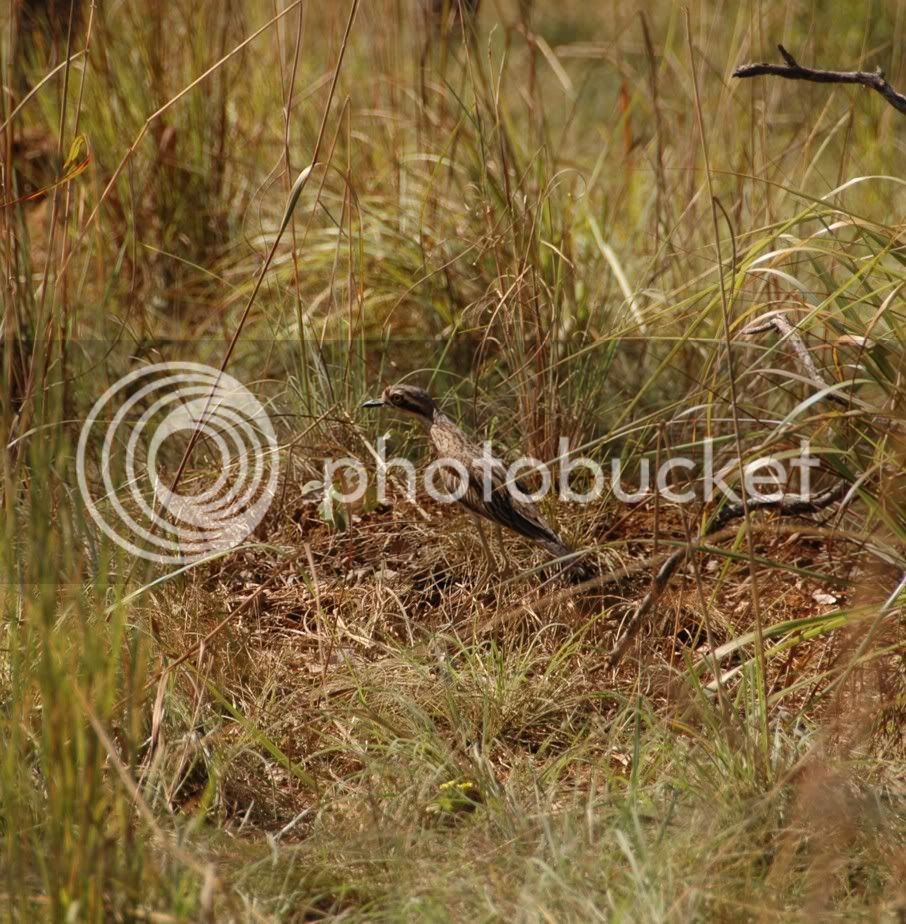
Bush Stone Curlew are a species that is common in the north, but rare in NSW.
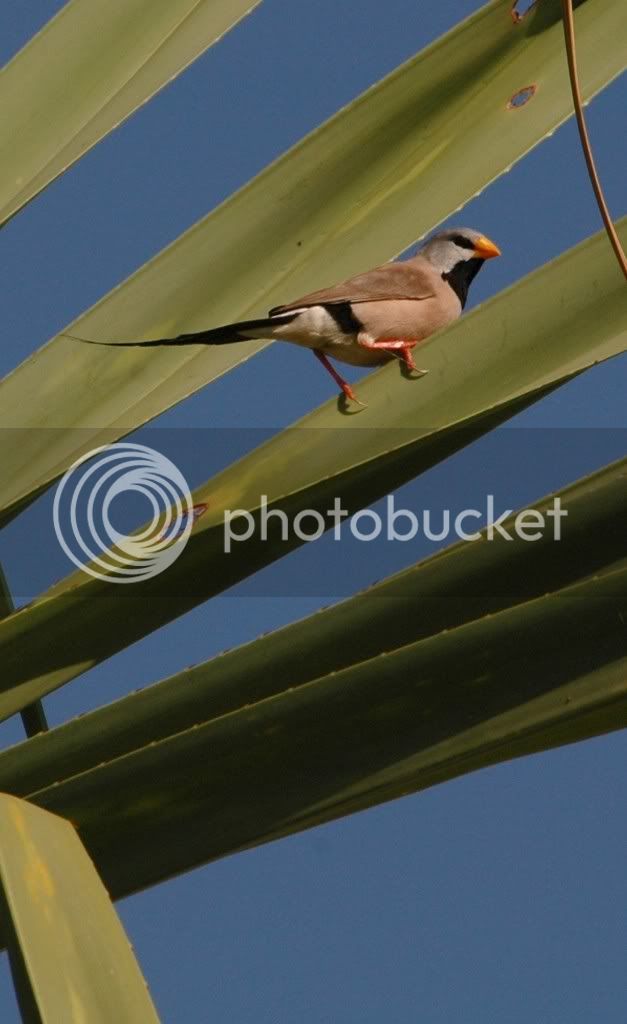
Long tailed finches are also common.
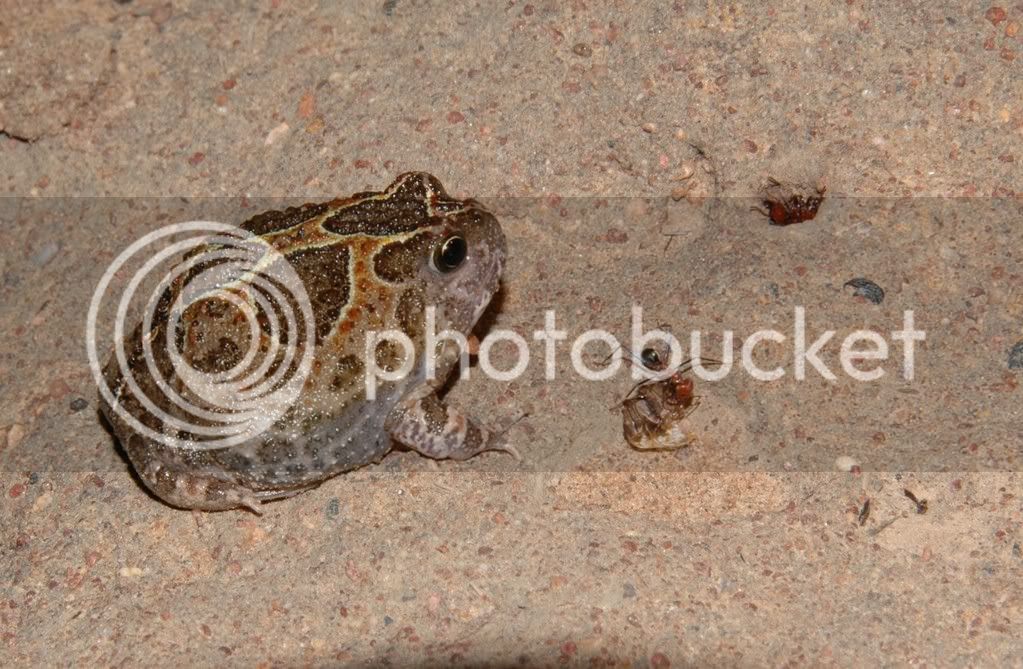
This Northern Spadefoot Notoden melanoscaphus was sitting on a meat ant nest, devouring meat ants that strayed from the safety of the hole. It was the middle of the night as well!
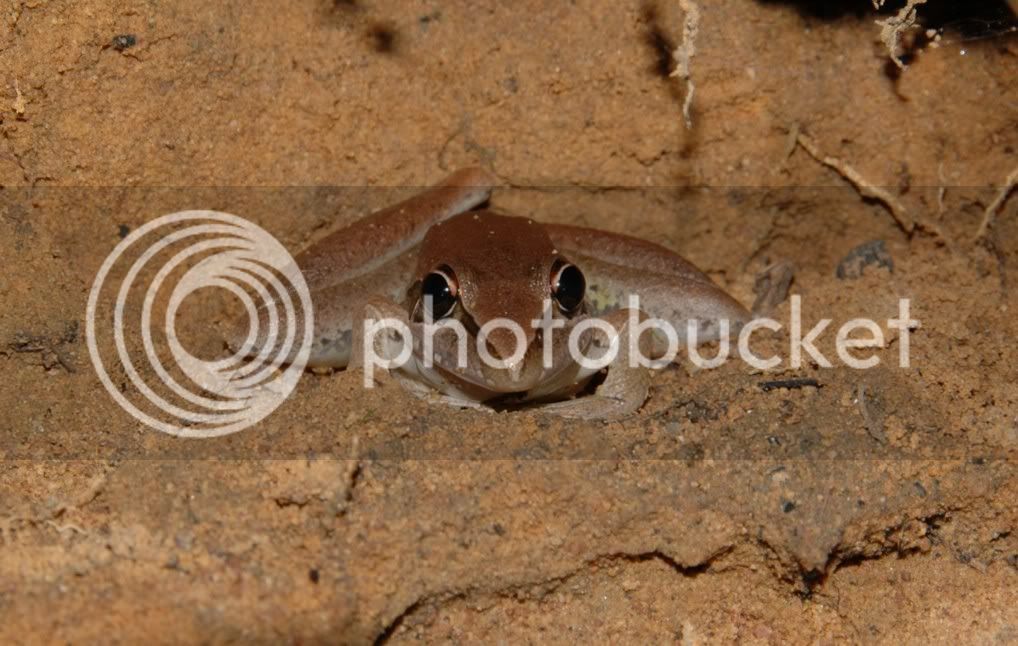
Wotjulum frogs are common along watercourses in basalt and sandstone country. They tend not to hide during the day and sit under a bit of low cover, leaping away into the stream when you come close.
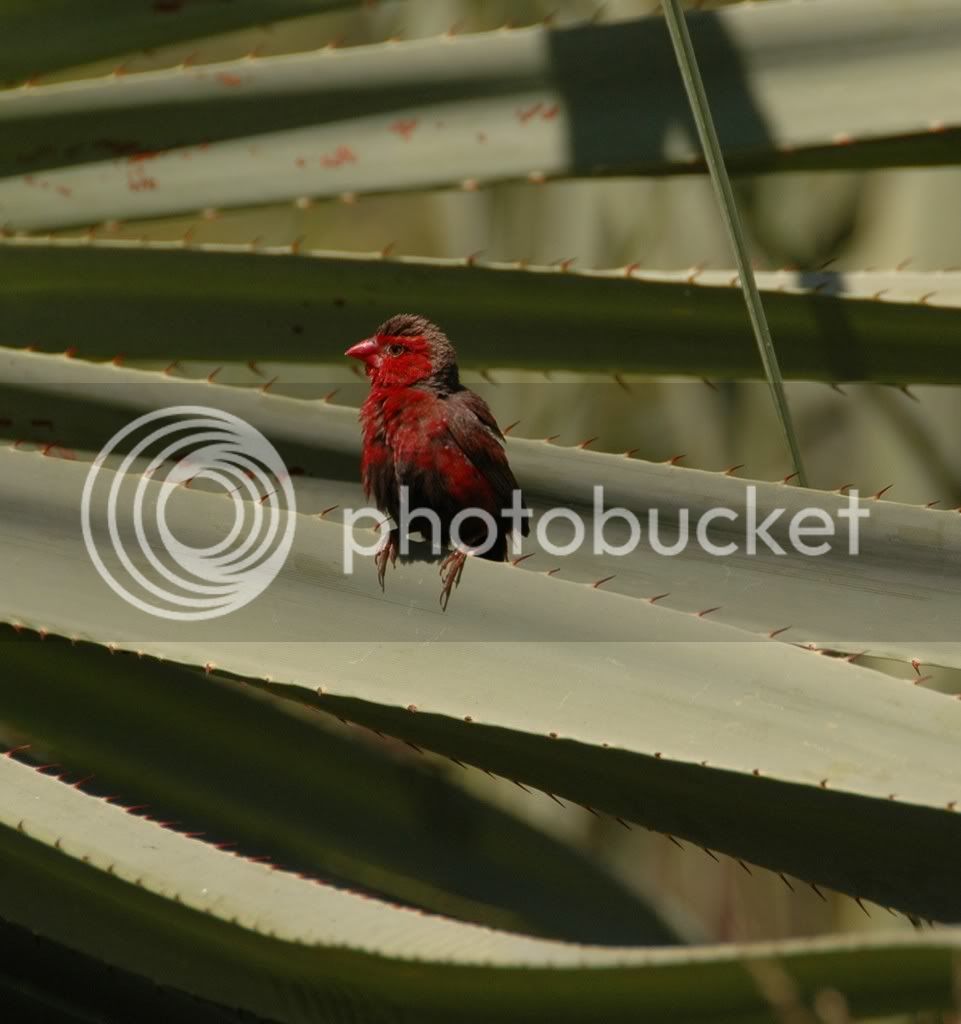
Crimson Finches are a beautiful species commonly seen close to water.
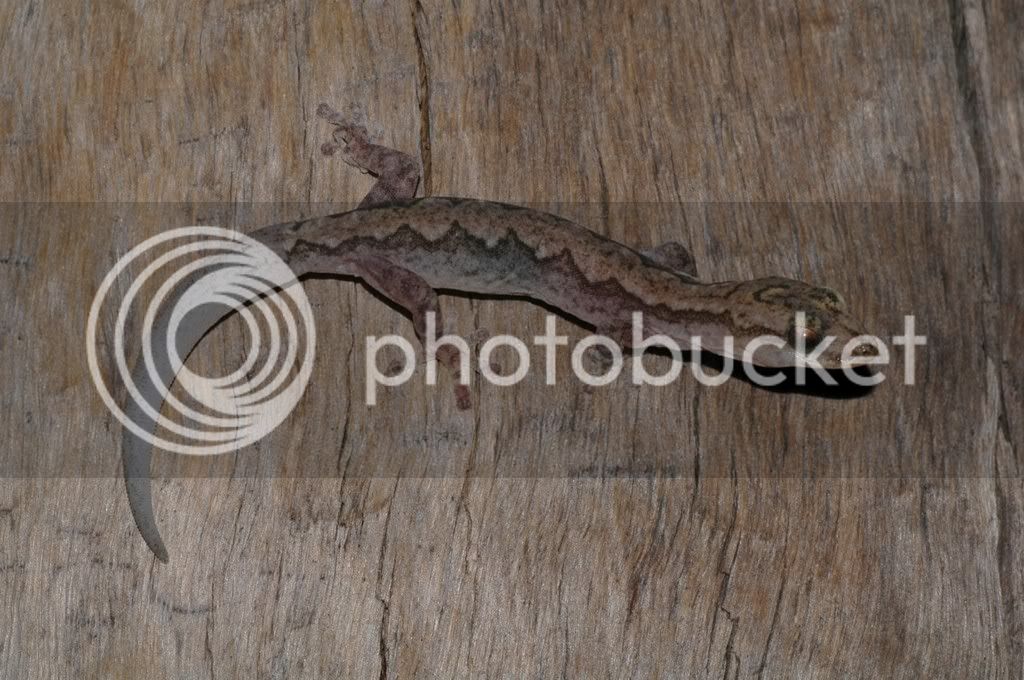
Oedura rhombifer is a fairly cryptic gecko species that is likely a bunch of separate species.
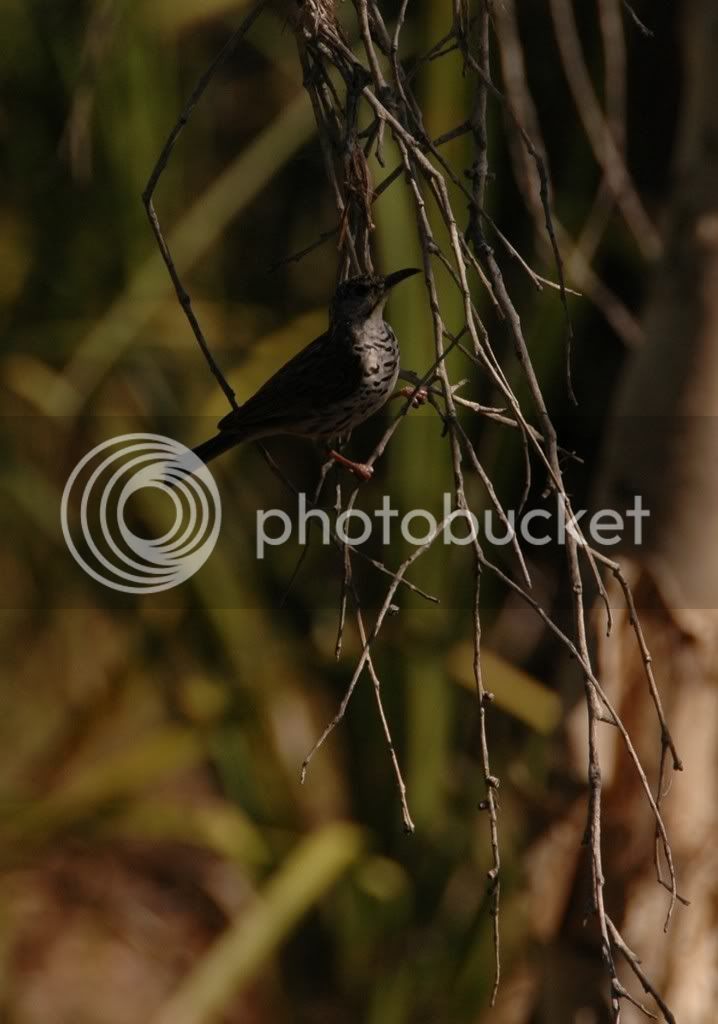
Bar Breasted Honeyeaters are a commonly seen species in paperbark woodland.
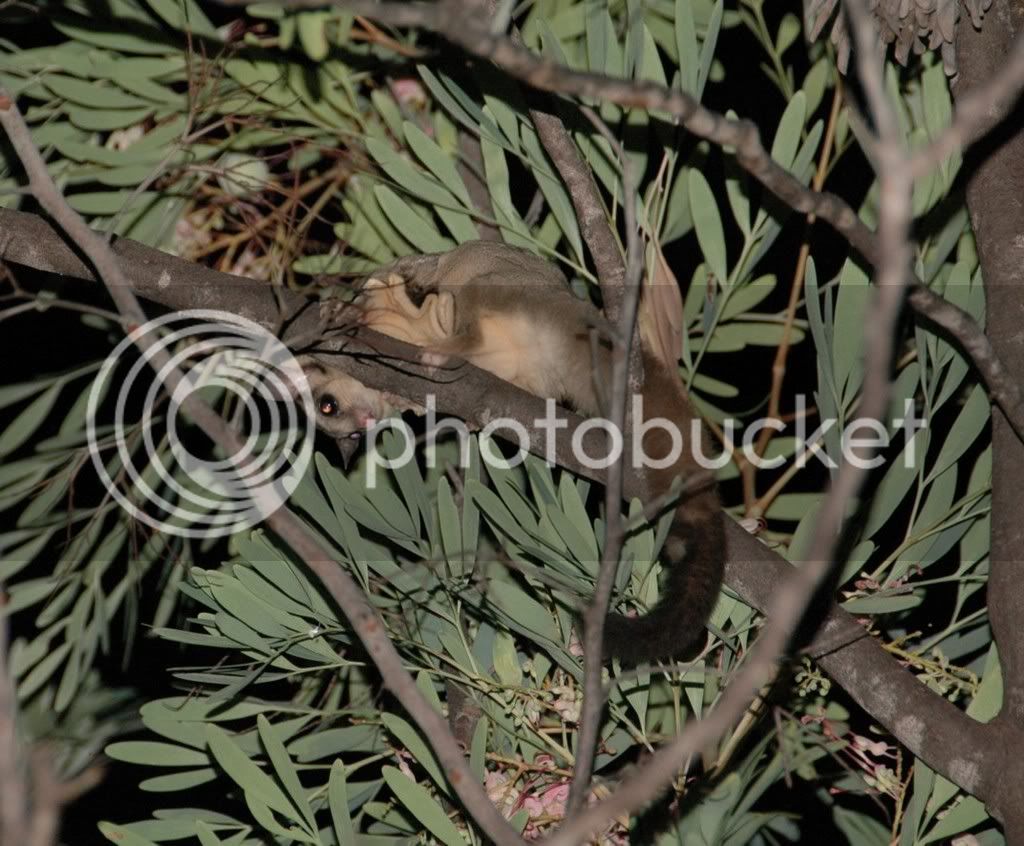
Sugar gliders are occasionally turned up spotlighting amongst flowering trees. This one is in a large grevillea. We've also had their hair found in quoll scat.
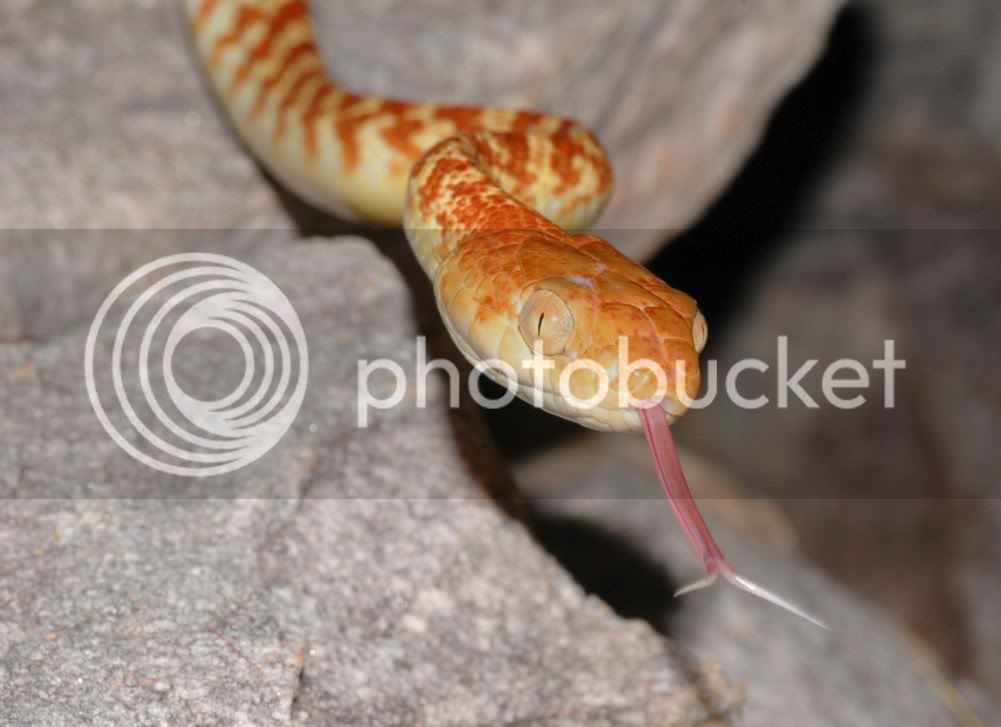
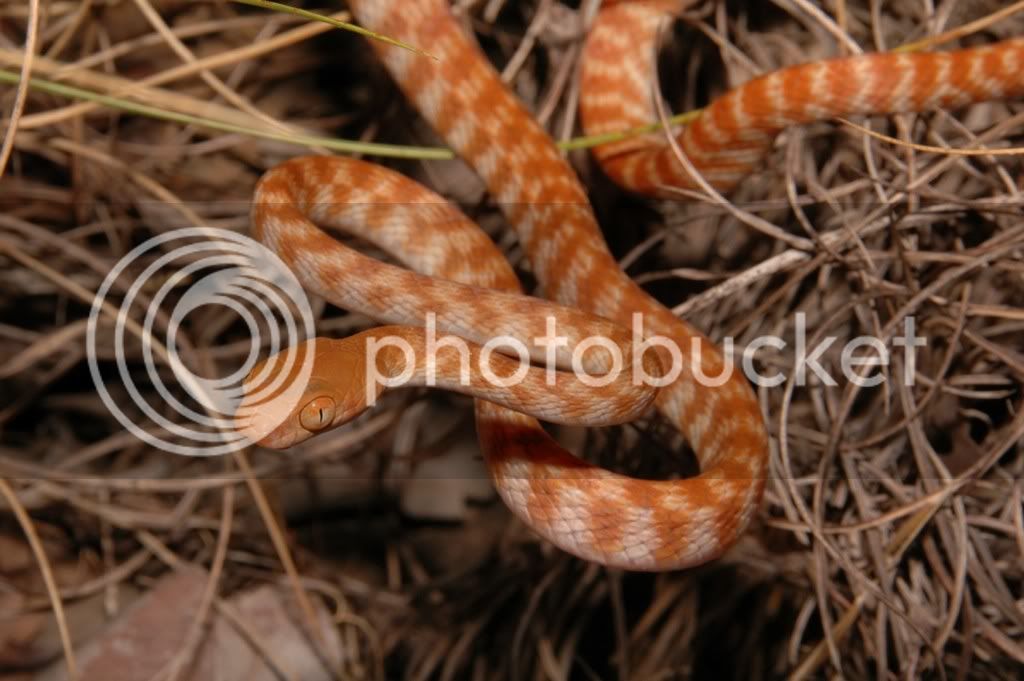
Night tigers Boiga irregularis were the most commonly found snake on this trip. Here are photos from two specimens we found out spotlighting.
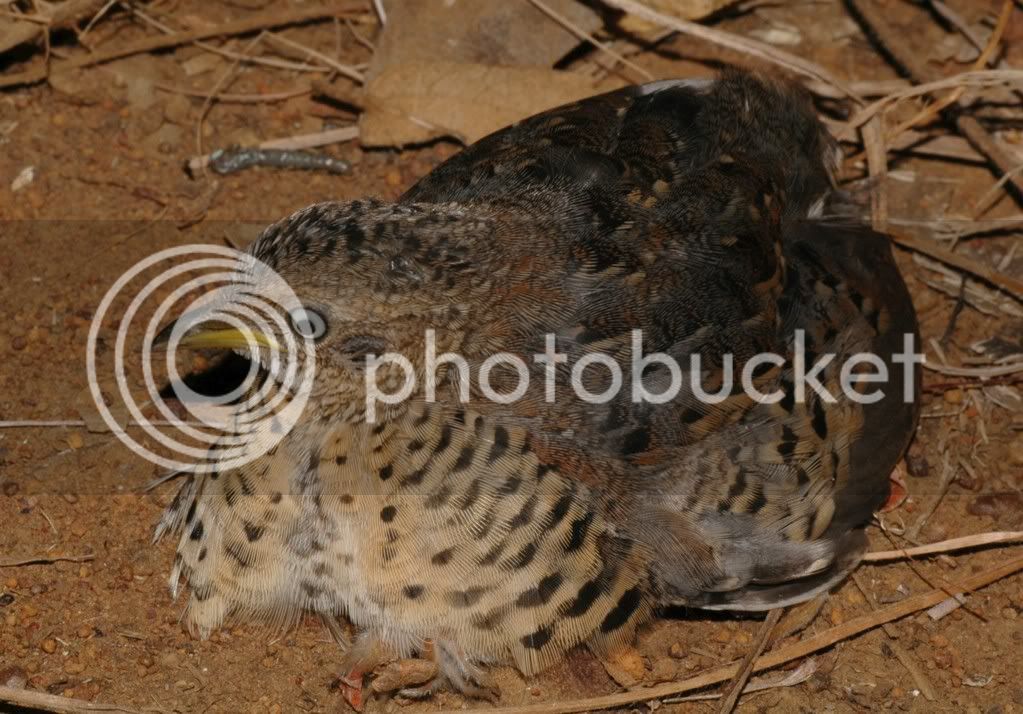

The difference between the male (upper) and female (lower) red backed button quail is particularly striking. These were also found spotlighting.
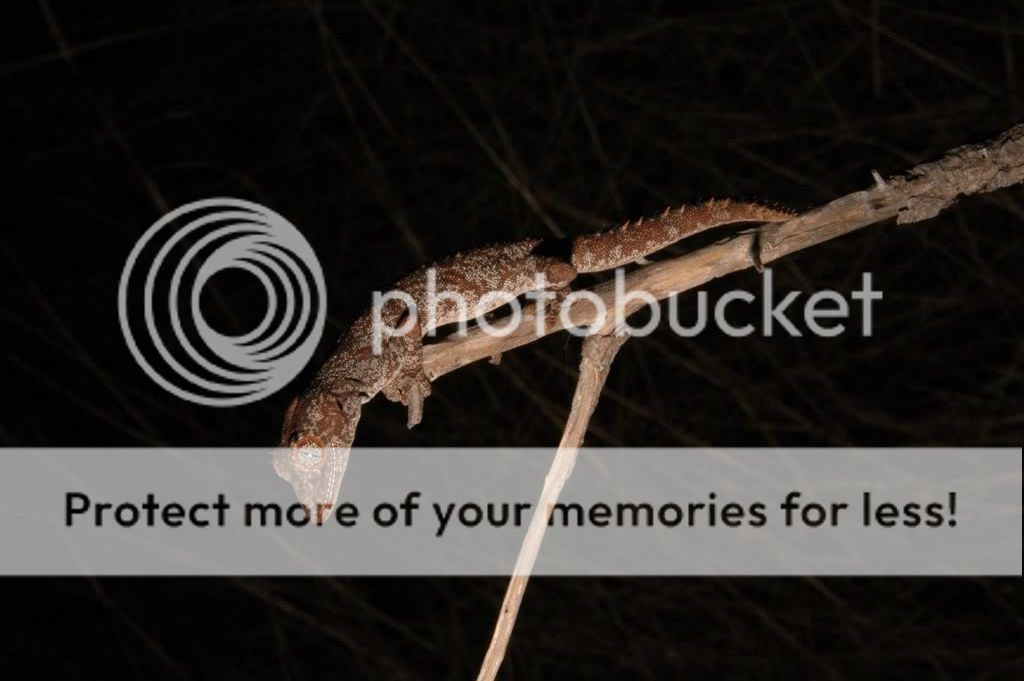
This is the only Strophurus ciliaris we turned up. It was in a drier area of savannah on basalt soil.
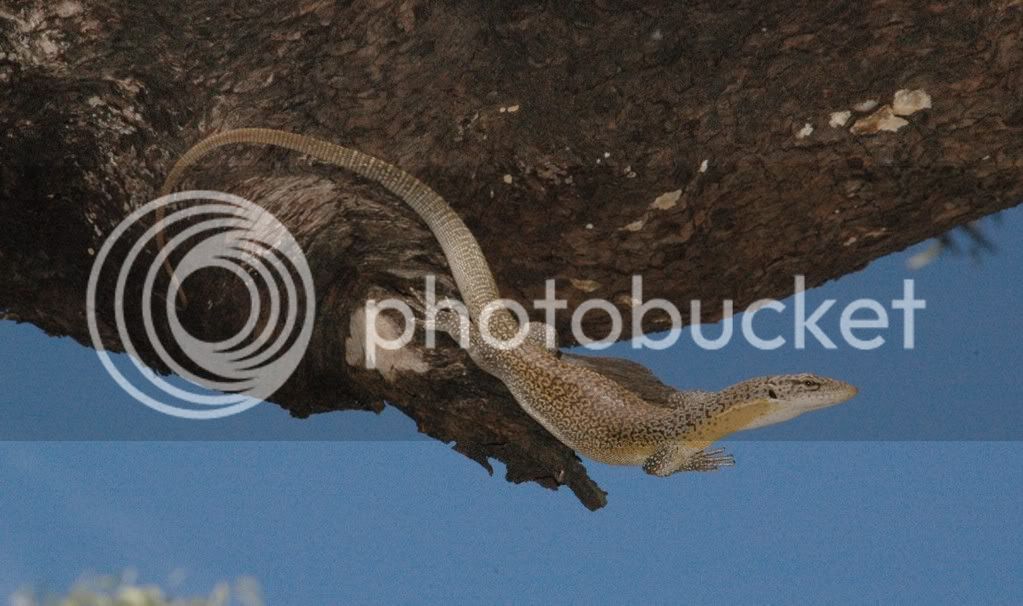
This Varanus scalaris posed beautifully. Pity i was trying to figure out the camera at the time.
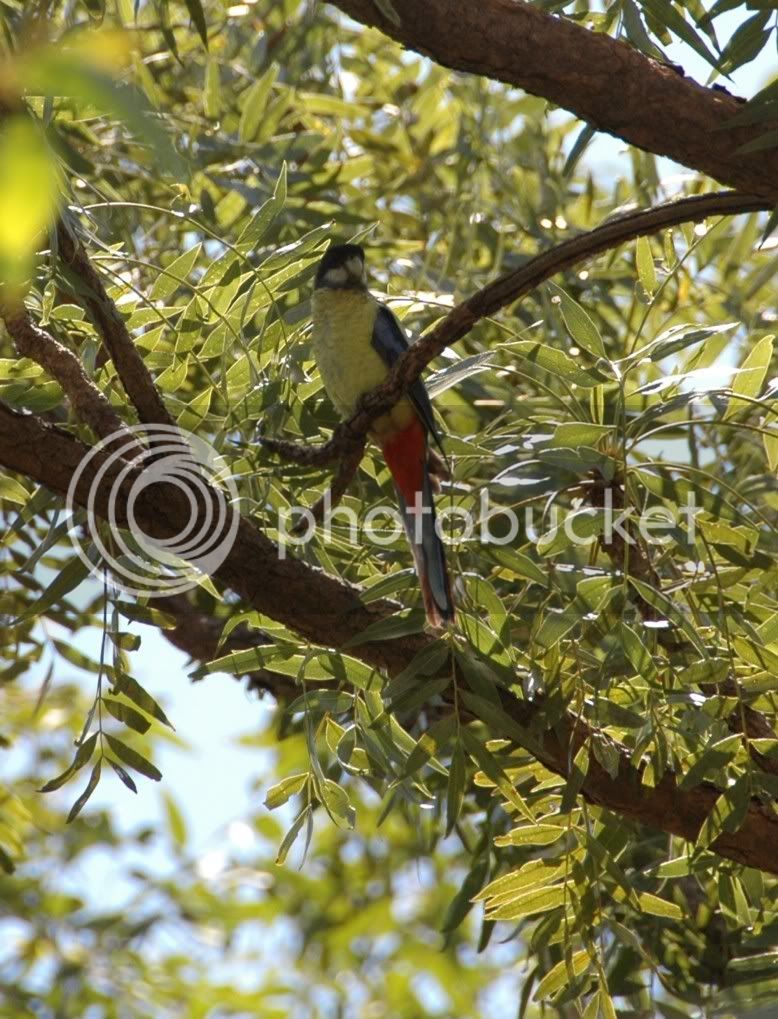
Northern Rosella. Very nice birds.
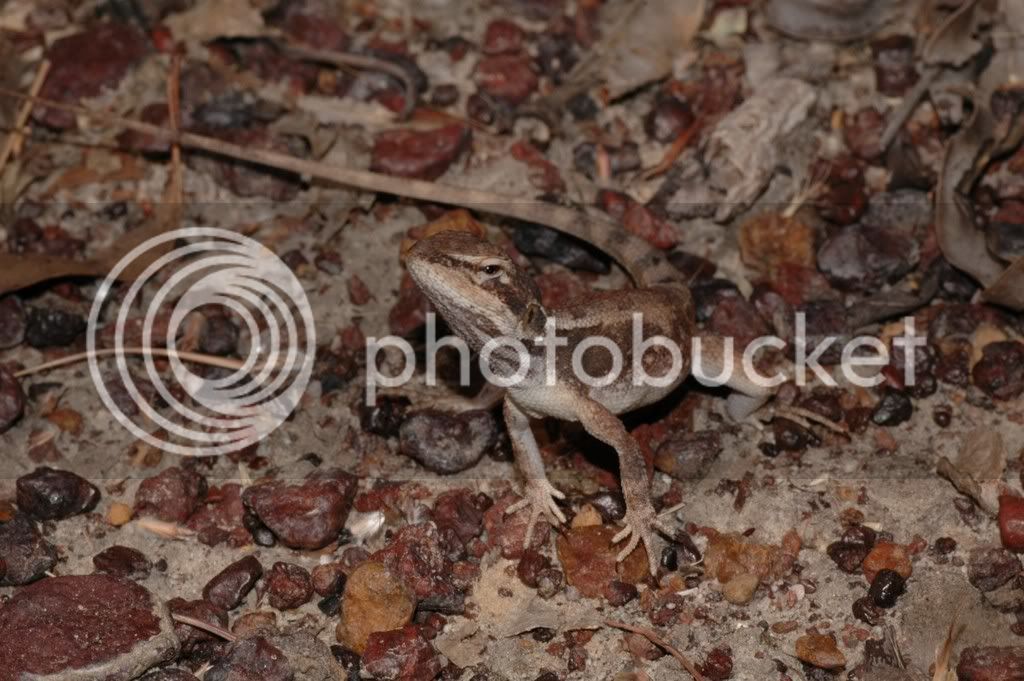
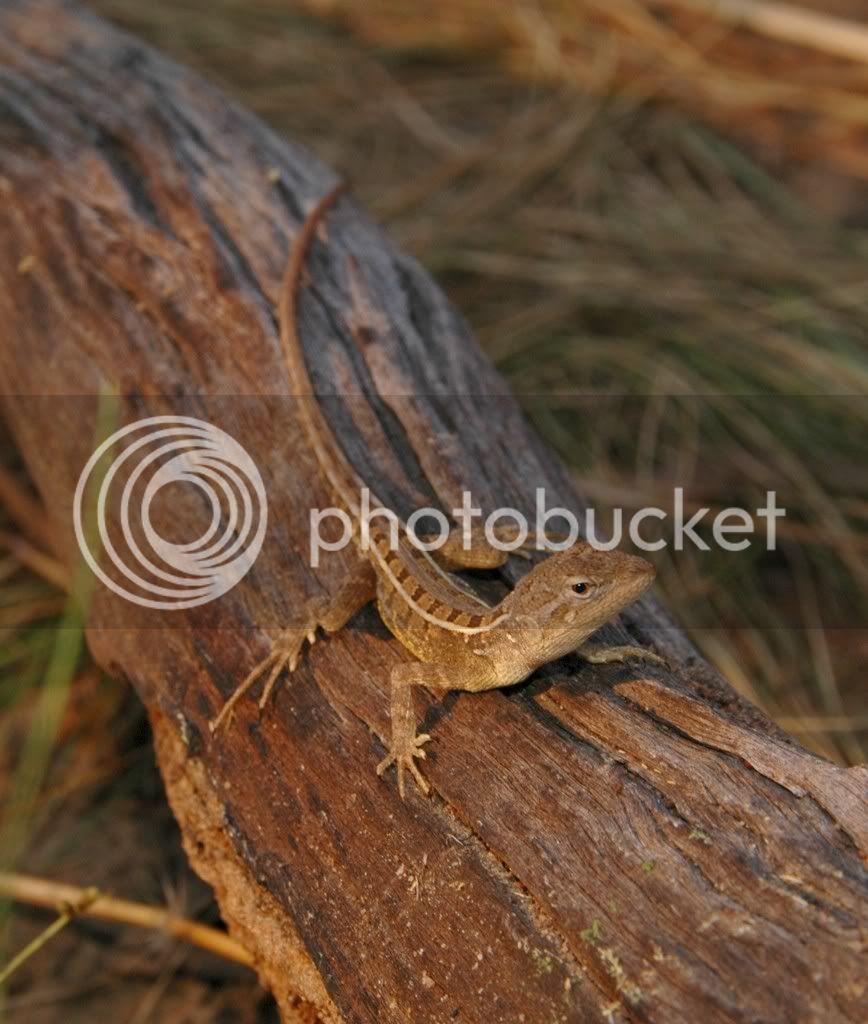
Anyone want to attempt an ID on these dragons? Diporiphora is an absolute mess of a genus. A review of bilineata has apparently resulted on a whole heap of new species. Who knows how mant the rest of the existing species will be split into.
More photos to come.
-H
I've just been up in the far NW of WA partaking in some fauna surveys. Needless to say we turn up some fairly special looking creatures.
I've also just bought a new camera, so I took it up there with a view to learn how to use it. Unfortunately it still is somewhat baffling, but i kind of got the gist of towards the end. I was using a Nikon D70s with a 18-200mm VRlense and a Tamron 90mm Macro.
Here's a few pics that I've uploaded already. There will be a few more later on.
We try and target a specific habitat type when surveying, so I'll go into it a bit with each group of photos.
As well as reptiles and frogs, I have an interest in birds as well, so a few pics of some interesting or attractive species will be posted. If you want to whinge about bird photos in a reptile forum, go back to the "my bearded hasn't pooed in three days" threads.

Blue wing Kookaburras are found in most of the open savannah habitats. Their call is atrocious.

This young rugosa was found in a stream near one of our sites while i was looking at some long tailed finches. They get very very large with massive heads (probably from eaten alot of mussels/watersnails).
http://i19.photobucket.com/albums/b173/Nephrurus/Kimberley april_may 08/DSC_1001.jpg
Brown Falcons are one of the most common raptors. Black Kites and Brown Falcons usually turn up to areas that have been burnt (usually while the fire is raging) to catch any fleeing lizards, rodents or insects.

Ctenotus inornatus are found in most habitats and are the most common Ctenotus we turn up. Snake food.

This spotted snake Suta punctata turned up in one of our pitfall traps. We don't turn them up all that much. I think this may be due to them being very cryptic species. This one was in sandy soiled savannah-woodland with a dense understory.

Bush Stone Curlew are a species that is common in the north, but rare in NSW.

Long tailed finches are also common.

This Northern Spadefoot Notoden melanoscaphus was sitting on a meat ant nest, devouring meat ants that strayed from the safety of the hole. It was the middle of the night as well!

Wotjulum frogs are common along watercourses in basalt and sandstone country. They tend not to hide during the day and sit under a bit of low cover, leaping away into the stream when you come close.

Crimson Finches are a beautiful species commonly seen close to water.

Oedura rhombifer is a fairly cryptic gecko species that is likely a bunch of separate species.

Bar Breasted Honeyeaters are a commonly seen species in paperbark woodland.

Sugar gliders are occasionally turned up spotlighting amongst flowering trees. This one is in a large grevillea. We've also had their hair found in quoll scat.


Night tigers Boiga irregularis were the most commonly found snake on this trip. Here are photos from two specimens we found out spotlighting.


The difference between the male (upper) and female (lower) red backed button quail is particularly striking. These were also found spotlighting.

This is the only Strophurus ciliaris we turned up. It was in a drier area of savannah on basalt soil.

This Varanus scalaris posed beautifully. Pity i was trying to figure out the camera at the time.

Northern Rosella. Very nice birds.


Anyone want to attempt an ID on these dragons? Diporiphora is an absolute mess of a genus. A review of bilineata has apparently resulted on a whole heap of new species. Who knows how mant the rest of the existing species will be split into.
More photos to come.
-H




